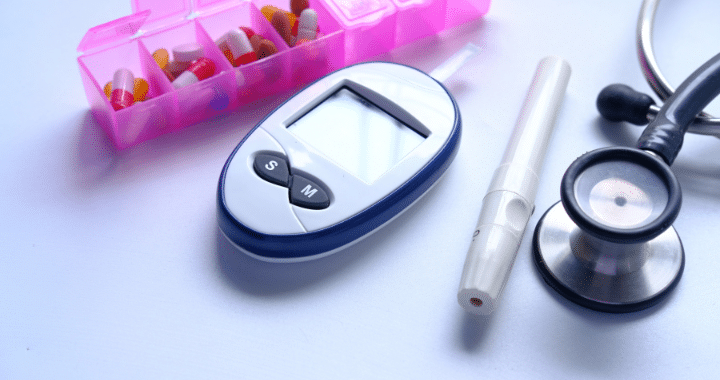How to Maintain Normal Blood Sugar Balance

Maintaining normal blood sugar levels is crucial for overall health and well-being. Whether you’re looking to prevent diabetes, manage existing blood sugar issues, or simply improve your energy levels, balancing your blood sugar can have a profound impact on your life. Here’s a comprehensive guide to help you maintain normal blood sugar levels effectively.
1. Understand Blood Sugar Basics
Blood sugar, or blood glucose, is the amount of sugar present in your bloodstream. It comes from the food you eat and serves as your body’s primary source of energy.
- Normal fasting blood sugar: 70–99 mg/dL
- Normal post-meal blood sugar: Less than 140 mg/dL
Keeping your blood sugar in this range reduces the risk of health complications like diabetes, cardiovascular disease, and nerve damage.
2. Eat a Balanced Diet
Prioritize Low-Glycemic Foods
Low-glycemic foods are digested slowly, preventing spikes in blood sugar. Examples include:
- Leafy greens
- Whole grains (quinoa, oats)
- Beans and lentils
- Berries
Include Protein and Healthy Fats
Pairing carbohydrates with protein or fat slows glucose absorption. Include foods like:
- Eggs
- Nuts and seeds
- Avocado
- Fatty fish (salmon, mackerel)
Avoid Refined Carbs and Sugars
Limit foods that cause rapid blood sugar spikes, such as:
- Sugary drinks
- White bread
- Pastries and candy
3. Manage Your Meal Timing
Don’t Skip Meals
Skipping meals can lead to blood sugar drops followed by spikes when you eat. Aim for three balanced meals and healthy snacks throughout the day.
Practice Portion Control
Overeating can cause blood sugar to rise excessively. Use smaller plates, measure portions, and eat mindfully to prevent overindulgence.
4. Stay Physically Active
Exercise Regularly
Physical activity helps muscles use glucose more efficiently. Aim for at least:
- 150 minutes of moderate aerobic exercise (e.g., walking, cycling) per week
- 2–3 strength training sessions to build muscle
Post-Meal Walks
A 10–15 minute walk after meals can reduce post-meal blood sugar spikes.
5. Hydrate Well
Dehydration can cause blood sugar to concentrate, leading to higher levels. Drink plenty of water throughout the day to stay hydrated. Avoid sugary drinks, and opt for water, herbal teas, or unsweetened beverages.
6. Manage Stress Levels
Stress triggers the release of hormones like cortisol, which can raise blood sugar levels. Incorporate stress-reduction techniques into your routine:
- Meditation: Practicing mindfulness can lower stress and improve glucose levels.
- Yoga: Combines physical activity and stress reduction.
- Deep Breathing Exercises: Helps calm the nervous system and regulate hormones.
7. Prioritize Quality Sleep
Poor sleep affects how your body processes glucose. Aim for 7–9 hours of quality sleep per night by:
- Maintaining a consistent sleep schedule
- Creating a relaxing bedtime routine
- Limiting caffeine and screen time before bed
8. Monitor Blood Sugar Levels
If you’re at risk of or managing diabetes, regular monitoring helps you stay on track. Tools like glucometers or continuous glucose monitors (CGMs) can provide real-time data to adjust your diet and lifestyle accordingly.
9. Add Natural Blood Sugar Regulators
Cinnamon
Studies show cinnamon may improve insulin sensitivity. Add it to your oatmeal, smoothies, or tea.
Apple Cider Vinegar
Taking a tablespoon of apple cider vinegar before meals may reduce blood sugar spikes. Dilute it in water to protect your teeth.
Fenugreek Seeds
These seeds are rich in soluble fiber, which slows digestion and sugar absorption. Soak them overnight and consume in the morning.
10. Consult a Healthcare Professional
If you have a medical condition, are on medication, or experience persistent blood sugar imbalances, consult your doctor or a dietitian. They can provide personalized advice and help you create a plan tailored to your needs.


